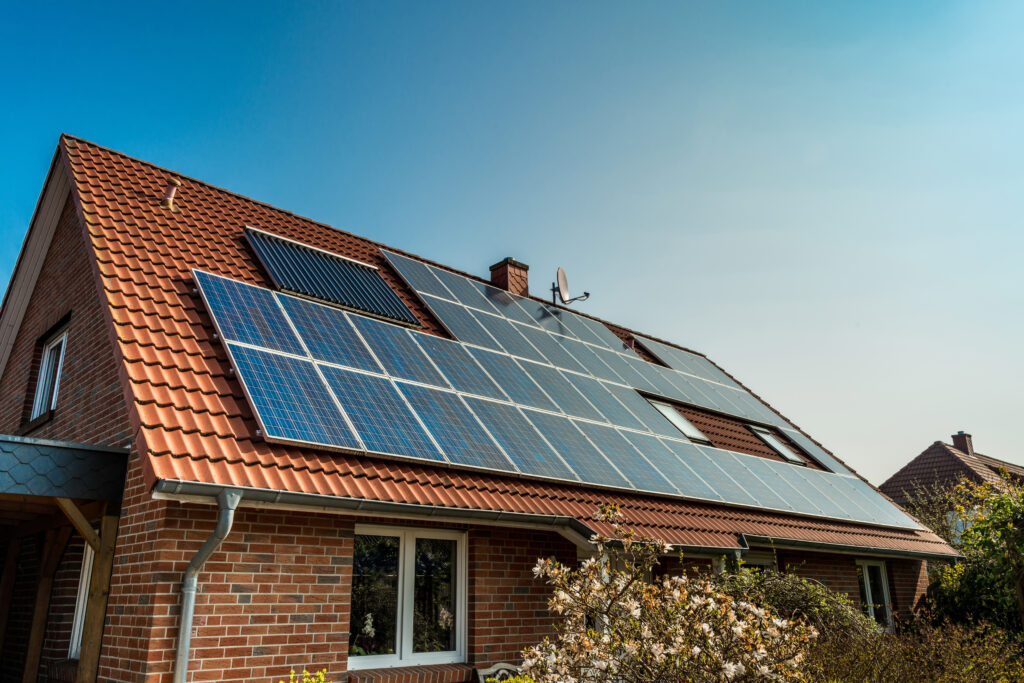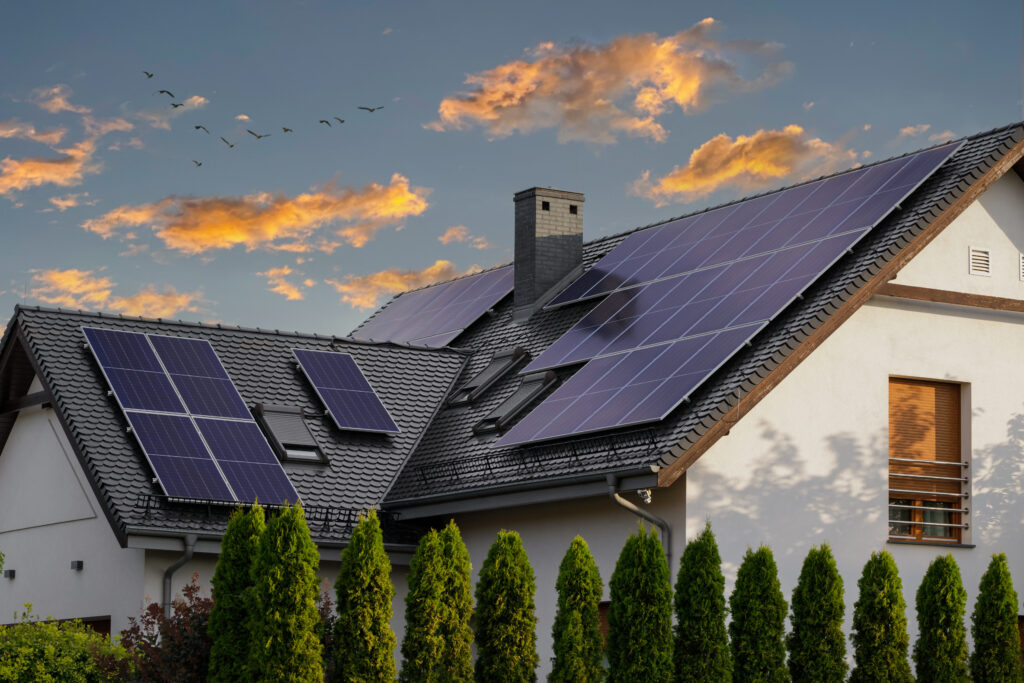Having constant power in your home is more than just a convenience; it’s a necessity in our modern lives. We rely on electricity for a multitude of tasks, from powering our gadgets to cooking and lighting. While many households depend on traditional power sources like grid electricity and generators, these aren’t always reliable or sustainable.
What if there’s a better way? Enter solar power—a renewable and reliable alternative that more people are considering. Not only can solar energy provide you with continuous power, but it also offers an eco-friendly solution to meet your household energy needs. In this article, we’ll explore why solar is an excellent option and how to integrate it into your home.

Why Choose Solar Energy?
When it comes to powering your home, solar energy stands out for several compelling reasons.
1. Eco-Friendly And Renewable
Solar panels harness energy from the sun, a natural resource that’s not going anywhere anytime soon. You can sleep well at night, knowing your energy consumption is not harming the planet.
2. Cost-Effective In The Long Run
Though initial setup costs can be high, the long-term savings are significant. Your electricity bills will be reduced, and in some cases, you may earn back money from excess energy production.
3. Low Maintenance Required
Apart from occasional cleaning and regular inspections, they don’t demand much attention. If you’re someone who loves outdoor adventures, you’ll also find portable solar generators useful. These handy gadgets can provide on-the-go power without the hassle of traditional generators.
So, when thinking about your household’s power needs, remember these advantages of solar energy. This clean, cost-saving, and low-maintenance energy source could be the solution you’ve been searching for.
Types Of Solar Solutions

When looking at solar energy solutions, you’ll find a range of options to fit various household needs.
1. Solar Panels
These are the most common and can be installed on your roof or in your yard. They capture sunlight and convert it into electricity for household use.
2. Solar Batteries
When your panels produce more energy than you need, these batteries store the excess. This stored energy can be used when sunlight is not available.
3. Solar Generators
Solar generators can serve as an emergency backup. They’re similar to traditional generators but use solar energy to produce electricity.
4. Portable Solar Gadgets
Portable solar gadgets such as solar-powered chargers and lanterns offer convenience. These smaller devices are great for outdoor activities or as emergency backups.
Considering these various types, it’s clear that solar solutions offer flexibility and options for any household. Choose the type that best meets your needs to make the most of this renewable energy source.
The Setup Process
Getting started with solar energy for your home involves several critical steps, each with its own considerations and complexities.
1. Initial Assessment And Planning
You’ll need a professional evaluation to determine your home’s solar potential. This will involve looking at your property’s orientation, available sunlight, and energy needs. An expert can then customize a system that is optimal for your specific conditions.
2. Installation And Costs
The installation process involves several components and tasks that affect the total cost. You may need to choose among various types of solar panels, monitoring systems, and tracking mounts.
Skilled labor for electrical wiring, panel mounting, and connection to your home’s existing electrical setup is another cost factor. These installers also ensure that your system complies with local regulations, which may require permits and inspections that add to the expense.
3. Government Incentives And Tax Breaks
Lastly, it’s worth exploring available government incentives and tax breaks. Many countries and states offer financial incentives to encourage solar energy adoption. This can include grants, rebates, or tax credits, which can substantially offset your initial investment.
Each of these steps is crucial for optimizing your switch to this renewable energy source, ensuring that you reap the maximum benefits for years to come.
4. Ongoing Maintenance
Maintaining your solar energy system is essential for long-term efficiency and reliability.
5. Daily Checks On Solar Equipment
While solar systems are generally low maintenance, a quick visual inspection can help you spot any potential issues. Look for obstructions like fallen leaves or bird droppings on the panels, as these can affect performance.
6. Cleaning And Minor Adjustments
Over time, dirt and grime can accumulate on the panels, reducing their efficiency. Simple cleaning methods, such as using water and a soft cloth, can make a significant difference. Additionally, minor adjustments to the panel angles could optimize energy capture, especially in changing seasons.
A well-maintained solar system will provide you with efficient and reliable power for many years. Daily checks and basic cleaning and adjustments are all straightforward but essential tasks in this process.
In Summary
As we’ve explored, solar energy offers a plethora of benefits, from being eco-friendly to saving you money in the long run. It’s a reliable source of power that comes with the added bonus of low maintenance needs. Your contribution to a greener planet will not only make you feel good but also yield tangible rewards in your energy bills.
Switching to solar energy is not just an individual choice; it’s a commitment to a sustainable future. Taking this step can be a pivotal moment in how you consume energy, transforming you into a responsible citizen of the world. So, consider making the switch today, for your household and for generations to come.









